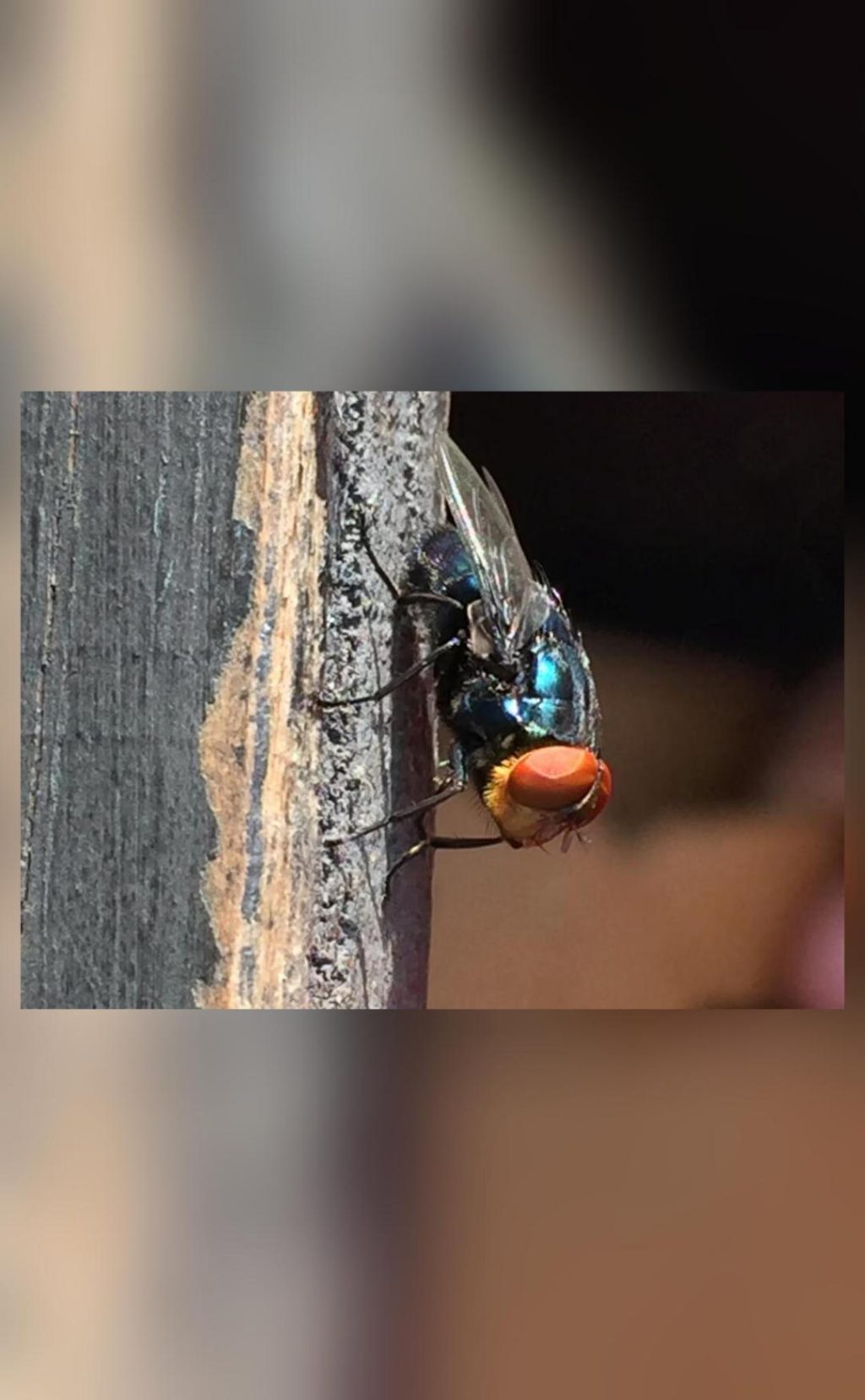
Why is US planning to breed screwworm flies & dump them from planes over Mexico?
In a bizarre and unprecedented move, the US government is planning to breed billions of male screwworm flies and dump them from planes over Mexico and southern Texas to combat the threat of the flesh-eating larvae of the New World screwworm fly to its beef industry. The male flies will be sterilized with radiation to prevent them from reproducing with female flies, ultimately leading to the population’s decline.
The plan is an innovative approach to combating a pest that has been a major concern for the US beef industry for decades. The New World screwworm fly, also known as Cochliomyia hominivorax, is a type of fly that lays its eggs in the flesh of warm-blooded animals, including cattle, horses, and even humans. The larvae that emerge from these eggs feed on the flesh, causing significant damage and potentially leading to the death of the animal.
The screwworm fly was once found throughout the southern United States, but it was eradicated in the 1960s through a concerted effort by the US Department of Agriculture (USDA) and the Centers for Disease Control and Prevention (CDC). However, the fly still exists in Central and South America, and it has been spreading northward in recent years due to climate change and human activity.
In an effort to prevent the screwworm fly from re-establishing itself in the US, the USDA has launched a plan to release billions of sterilized male flies over Mexico and southern Texas. The aim is to mate with female flies, resulting in offspring that will not survive to adulthood due to their sterility.
The program, which is being carried out in collaboration with the Mexican government, will involve the release of around 5 billion male flies per year over a period of several years. The flies will be bred in special facilities and sterilized using radiation before being released from planes.
According to Dr. Lawrence Hansen, a veterinarian with the USDA’s Animal and Plant Health Inspection Service, the plan is to “overwhelm” the female fly population with the sterilized males, ensuring that the population will eventually decline and disappear.
“This is a bold and innovative approach to controlling the screwworm fly,” Dr. Hansen said. “We are confident that it will be an effective way to protect the US beef industry and prevent the spread of this devastating pest.”
The plan has been met with some criticism from environmental groups, who are concerned about the potential impact of releasing large numbers of flies on the ecosystem. However, the USDA has assured that the flies will not pose a threat to humans or other animals, and that the program will be closely monitored to ensure its success.
In addition to the US, several other countries in Central and South America, including Costa Rica, Panama, and Colombia, are also working to combat the screwworm fly. The fly is a significant threat to the livelihoods of many farmers and ranchers in these countries, and the US plan is seen as a key part of the global effort to eradicate the pest.
The US plan to breed and release sterilized screwworm flies is a unique and innovative approach to combating a devastating pest. While there are some concerns about the potential impact of the program on the environment, the USDA is confident that it will be an effective way to protect the US beef industry and prevent the spread of the screwworm fly.



